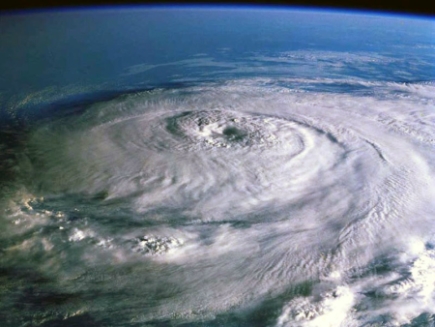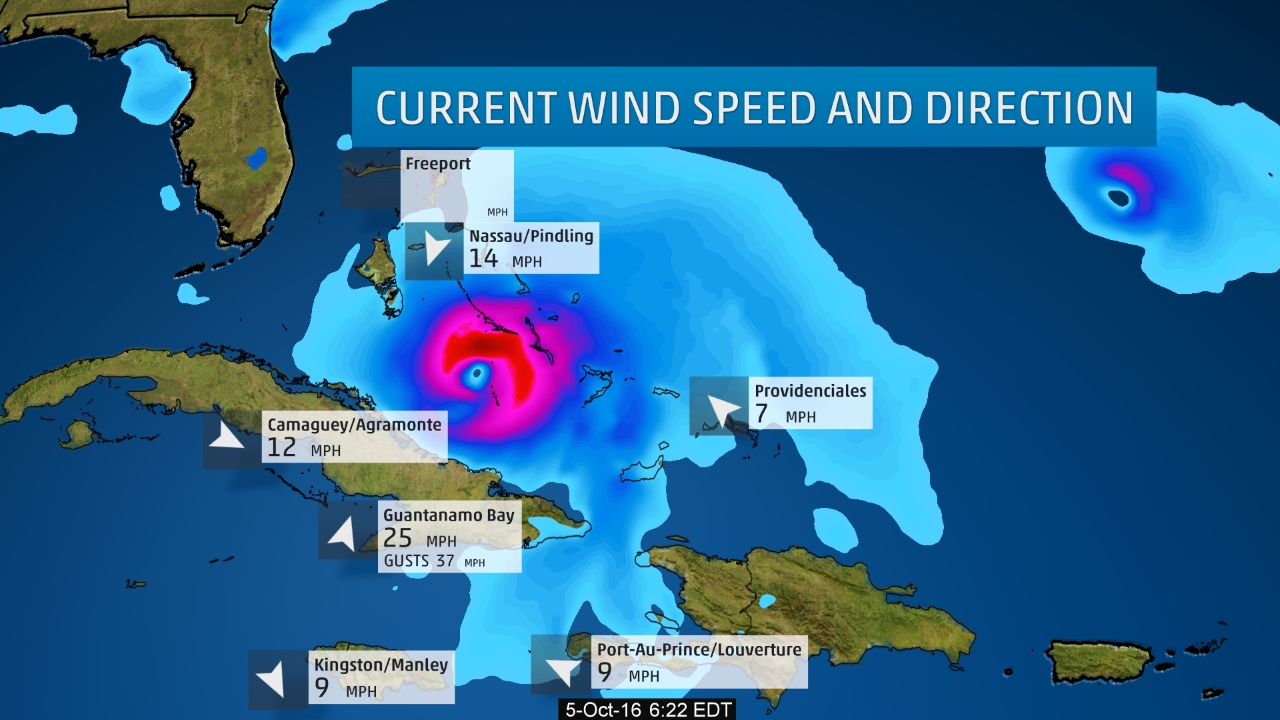CNN News – Those in Florida should be leaving their homes and getting inland.
 Hurricane Matthew is pummeling the Bahamas right now, and its dangerous winds have picked up speed as the storm continues north. Its next stop could be the United States.
Hurricane Matthew is pummeling the Bahamas right now, and its dangerous winds have picked up speed as the storm continues north. Its next stop could be the United States.
Here’s what you need to know now about the powerful storm that forecasters say is gaining strength:
• Hurricane Matthew has strengthened into a Category 4 hurricane with winds of 140 mph and gusts up to 165 mph, according to the National Hurricane Center. Matthew continues to head towards Florida’s east coast and is expected to hit the coast late Thursday or early Friday. As of 11 a.m. ET, it was located about 180 miles southeast of West Palm Beach and was moving northwest at 14 mph.
• The storm has already killed at least 28 people in three Caribbean countries. Twenty-three died in Haiti alone, said Civil Protection Service spokesman Joseph Edgard Celestin, who says communication issues have prevented authorities from assessing the damage and casualties in the far southwest portion of the country.
• Authorities urged more than 2 million people to leave their homes in coastal Florida, Georgia and South Carolina as the storm neared — the largest mandatory evacuations in the United States since Hurricane Sandy hit the East Coast in 2012.
• Based on the latest projections, Matthew could make landfall in Florida early Friday as a Category 4 hurricane. It could also skirt the coast as it continues north. While Matthew’s outer bands were already starting to hit Miami-Dade County by mid-morning, Mayor Carlos Jimenez said there’s a bit of good news: “The probability of sustained hurricane winds has gone down 13%.”
• Florida Gov. Rick Scott offered a dire warning Thursday morning for people living in evacuation zones: “This is serious. … Don’t take a chance. A small movement (of the storm) could mean a lot. That’s why we have to prepare for a direct hit. So again, if you need to evacuate and you haven’t, evacuate. This storm will kill you. Time is running out. We don’t have that much time left.”
• “This could be an extremely disastrous hurricane for so many large areas where so many people can be affected,” National Hurricane Center Director Rick Knabb told CNN Thursday. “It’s not just going to come ashore and affect a narrow zone and then move on. It’s going to be going up the coast and could remain a major hurricane at the coast, or very close to it, the whole way up. That’s awful.”
From CNN.com, published in Costa Rica, on the Costa Rican Times

